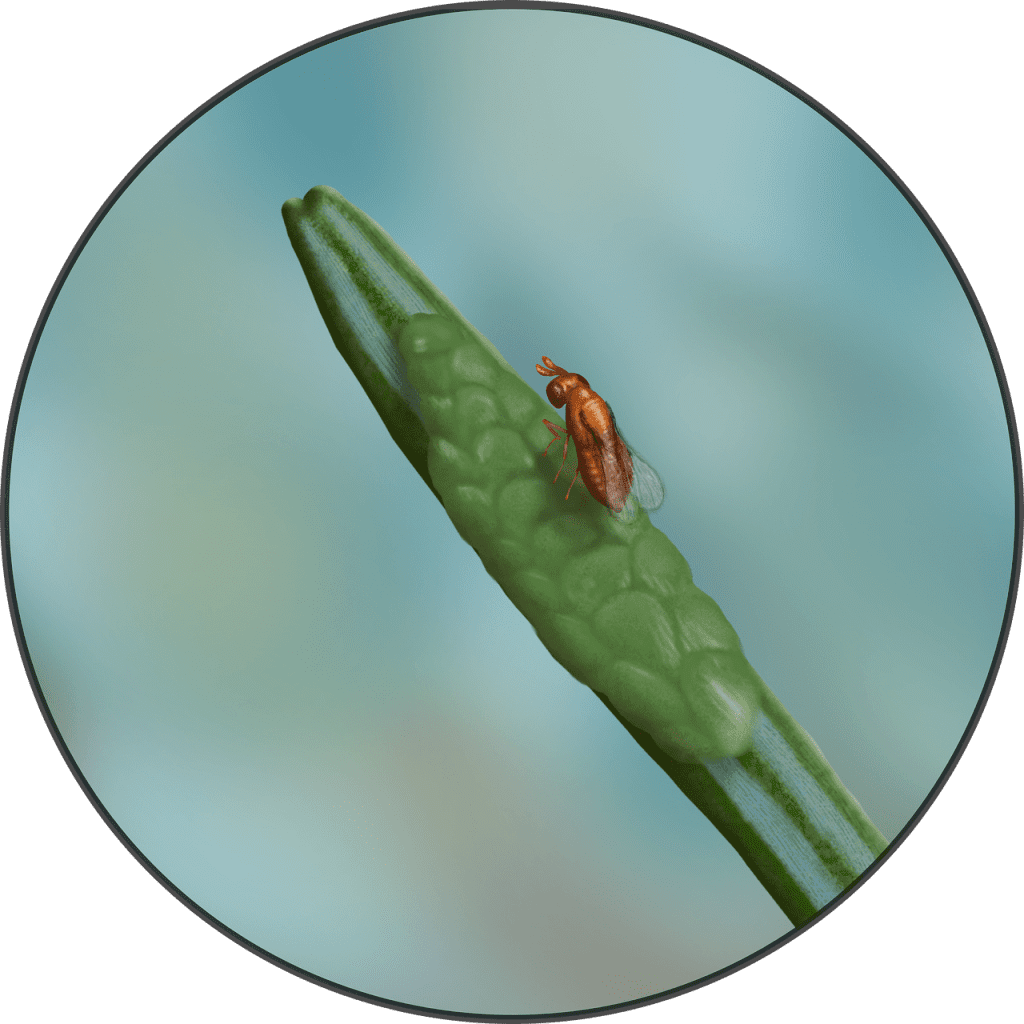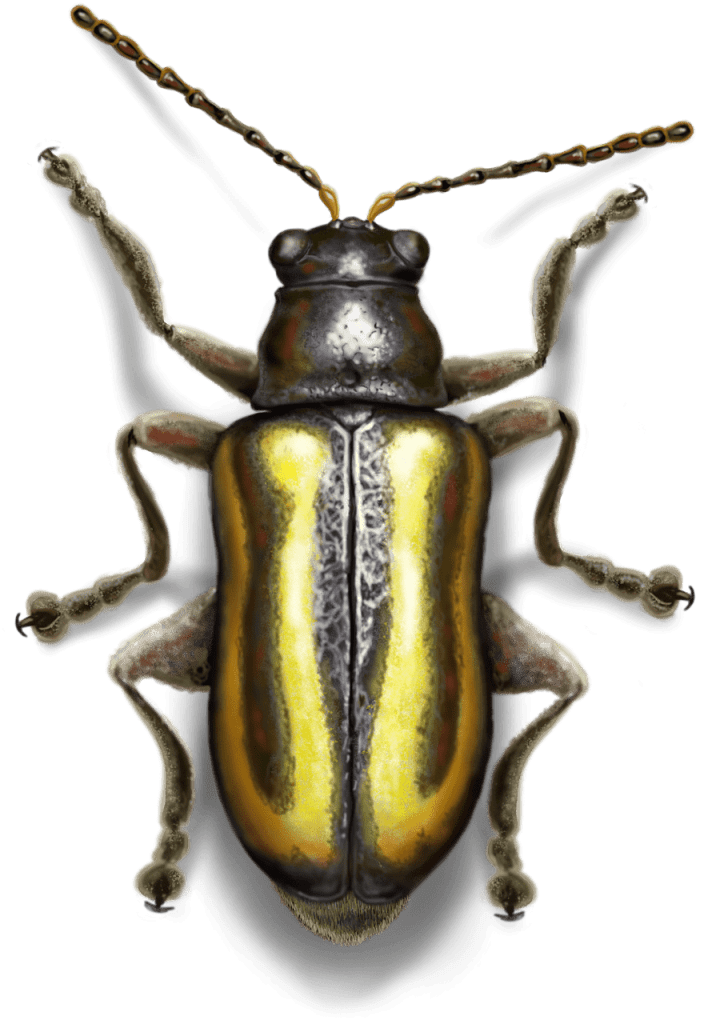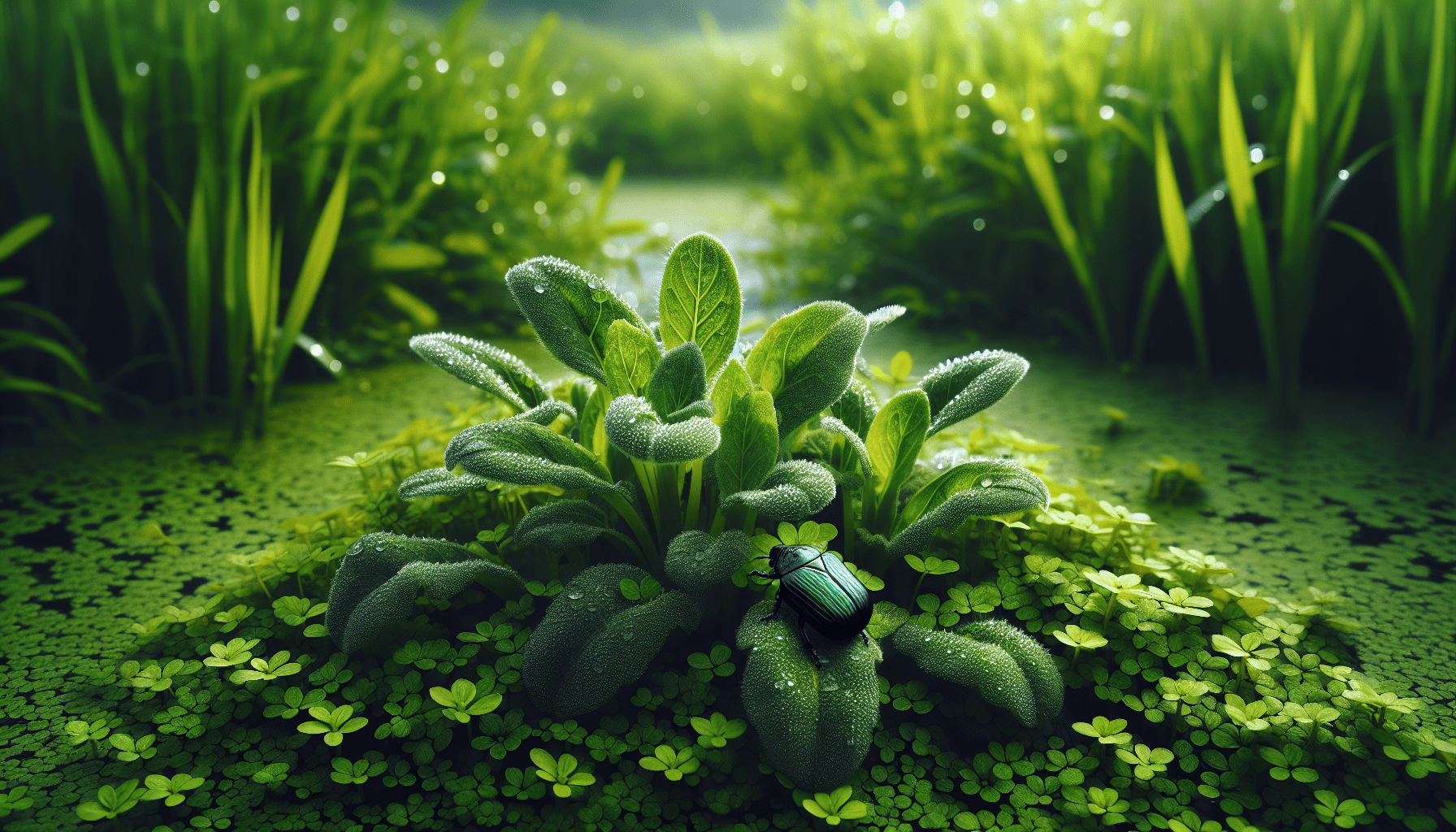In the quest to manage invasive species, “Biological Control Solutions For Alligator Weed Infestations” offers valuable insights into natural methods for tackling this persistent issue. You will discover how leveraging specific organisms can effectively target and reduce alligator weed populations. The article explores various biological agents, such as insects and pathogens, that can help curb the spread of this invasive plant without resorting to harmful chemicals. Embracing these biological control solutions can lead to healthier ecosystems and more sustainable weed management practices. Have you ever found yourself wondering how to manage the sprawling invasions of alligator weed choking your waterways, gardens, or farmlands? You’re not alone. Alligator weed is a notorious invasive species that can wreak havoc on ecosystems and agricultural zones, making its management a pressing concern for many.
In this friendly guide, we’ll dive deep into biological control solutions for alligator weed infestations. Not only will we explore what alligator weed is and why it’s problematic, but also discuss sustainable ways you can combat it, leveraging the power of nature itself.
What is Alligator Weed?
To tackle alligator weed effectively, you first need to understand what it is. Alligator weed (Alternanthera philoxeroides) is a perennial aquatic or semi-aquatic plant originating from South America. It has the ability to infest both aquatic and terrestrial habitats, proving highly adaptable and resilient.
Identifying Alligator Weed
Alligator weed can be recognized by its:
- Leaves: Opposite, long, and slender, ranging from green to slightly reddish.
- Flowers: Small, white, and clover-like, usually blooming in clusters.
- Stems: Hollow and capable of floating on water, often forming dense mats.
Here’s a quick reference table to help you identify it:
| Characteristic | Description |
|---|---|
| Leaves | Opposite, long, slender, green/reddish |
| Flowers | Small, white, clover-like |
| Stems | Hollow, floating on water |
Why is Alligator Weed a Problem?
Alligator weed spreads rapidly and can outcompete native species, disrupting local ecosystems. It obstructs water flow in rivers, canals, and lakes, leading to flooding and related issues. Moreover, its rampant growth can impact agriculture by smothering crops, reducing yield, and complicating weed management practices.
Traditional Control Methods
Before diving into biological control, it’s worth mentioning the traditional methods of managing alligator weed. These include:
- Mechanical Removal: Physically removing the weed using tools and machines.
- Chemical Control: Using herbicides to kill the weed.
While these methods can be effective to some degree, they often come with drawbacks, such as high costs, environmental damage, and limited long-term success.

Benefits of Biological Control
Biological control offers a sustainable and eco-friendly alternative for managing alligator weed. It involves the use of natural enemies to curb the growth and spread of the weed. The primary benefits include:
- Sustainability: Reduces reliance on chemicals and machinery.
- Cost-Effective: Once established, biological agents often require minimal maintenance.
- Environmentally Friendly: Minimizes damage to non-target species and ecosystems.
Key Biological Control Agents
Several biological control agents have been identified and utilized in managing alligator weed infestations. These agents primarily include insects and pathogens. Let’s dive into each category.
Insects
Certain insects serve as effective biological control agents by feeding on and damaging alligator weed.
Agasicles hygrophila (Alligator Weed Flea Beetle)
This beetle, native to South America, is one of the most successful biological agents against alligator weed.
- Life Cycle: The beetle has a short life cycle, allowing multiple generations each year.
- Feeding Habits: Both larvae and adults feed on alligator weed leaves and stems, causing significant damage.
- Effectiveness: Highly effective in warm climates but less active during cold weather.
Amynothrips andersoni (Alligator Weed Thrips)
Another insect, alligator weed thrips, specifically targets the plant.
- Life Cycle: Thrips lay their eggs within the plant tissue.
- Feeding Habits: The larvae and adults feed on the leaves, leading to discoloration, stunting, and eventual death of the plant.
- Effectiveness: Complements the action of flea beetles, particularly in cooler environments.
Here’s a quick comparison of these two insects:
| Insect | Origin | Life Cycle | Feeding Habits | Effectiveness (Climate) |
|---|---|---|---|---|
| Alligator Weed Flea Beetle | South America | Short-multiple generations | Leaves and stems | Warm climates |
| Alligator Weed Thrips | South America | Eggs within plant | Leaves and shoots | Cooler environments |
Pathogens
Certain pathogens can also act as biological control agents by infecting and weakening alligator weed.
Cercospora alternantherae (Fungal Pathogen)
This fungus specifically targets alligator weed, causing leaf spot disease.
- Life Cycle: The fungus thrives in warm, humid conditions.
- Infection Process: Spores infect the leaves, leading to brown spots and defoliation.
- Effectiveness: Works best in moist environments and is often used in conjunction with insect control agents.
Integrating Biological Agents
You might wonder, “Can I use multiple biological agents together?” The answer is yes! In fact, integrating various agents can improve overall control effectiveness. For instance, combining alligator weed flea beetles and thrips can target the weed across different environmental conditions, while pathogens can weaken the plant further.

Implementing Biological Control
Successful implementation of biological control requires careful planning and monitoring. Here’s a step-by-step guide to get you started.
Step 1: Site Assessment
First, conduct a detailed assessment of the infested area to determine the extent and severity of the alligator weed problem.
- Mapping: Create a map of the infestation zones.
- Habitat Conditions: Note the environmental conditions (e.g., water availability, temperature).
Step 2: Selection of Biological Agents
Based on your site assessment, select the most appropriate biological control agent(s).
- Climate Considerations: Choose agents that thrive in your local climate.
- Combination: Consider combining different agents for comprehensive control.
Step 3: Release and Monitoring
Release the biological agents at strategic points and monitor their progress regularly.
- Release Points: Choose areas with high weed density for initial releases.
- Regular Monitoring: Conduct periodic checks to assess the impact and ensure the agents are establishing well.
Step 4: Adapt and Adjust
Biological control is dynamic, meaning you may need to adapt your strategy over time.
- Adjusting Release: Based on monitoring results, adjust the release frequency and locations.
- Supplemental Control: If necessary, integrate supplemental control methods like targeted mechanical removal or limited herbicide use.
Monitoring and Evaluation
Keep detailed records of your control efforts and the weed’s response. Continuous evaluation helps refine your strategy and ensures long-term success.
Success Stories
Let’s look at a couple of success stories to illustrate the effectiveness of biological control for alligator weed.
Case Study 1: Florida’s Waterways
Florida has long struggled with alligator weed infestations in its waterways. The introduction of alligator weed flea beetles and thrips has led to significant reductions in weed coverage. The integrated approach, combining these insects with occasional mechanical removal, has restored native plant populations and improved water flow.
Case Study 2: Agricultural Fields in Louisiana
In Louisiana, alligator weed thrived in agricultural fields, affecting crop yield. By introducing the fungal pathogen Cercospora alternantherae, farmers saw a marked decrease in weed growth. The pathogen weakened the plants, making them more susceptible to insect attack and easier to manage with mechanical methods.

Challenges and Considerations
While biological control offers many advantages, it’s essential to be aware of potential challenges.
Time Frame
Biological control is not an instant solution. It requires time for the agents to establish and exert control. Patience and consistent monitoring are key.
Environmental Factors
Weather conditions and habitat variability can influence the effectiveness of biological agents. For instance, extreme cold or drought can reduce insect activity.
Non-Target Effects
Though rare, there is a risk that biological control agents could affect non-target species. Therefore, thorough research and monitoring are vital to mitigate this risk.
Regulatory Compliance
Before releasing biological agents, verify that they are approved for use in your region. Regulatory agencies often provide guidelines and permits necessary for implementation.
Future Prospects
Research continues to enhance the effectiveness of biological control for alligator weed. Scientists are exploring new agents, genetic modifications, and improved integration methods to bolster success rates. Staying informed about these advancements can help you adopt cutting-edge solutions for your alligator weed management.

Conclusion
Managing alligator weed can be a daunting task, but biological control offers a sustainable, cost-effective, and environmentally friendly solution. By leveraging natural enemies like insects and pathogens, you can curb the spread of this invasive plant and restore balance to affected ecosystems. Remember, successful biological control requires careful planning, monitoring, and a willingness to adapt your strategies over time. With patience and persistence, you can reclaim your waterways, gardens, and farmlands from the clutches of alligator weed.
If you found this guide helpful or have any questions, don’t hesitate to reach out. We’re here to support you on your journey to a healthier, alligator weed-free environment!
